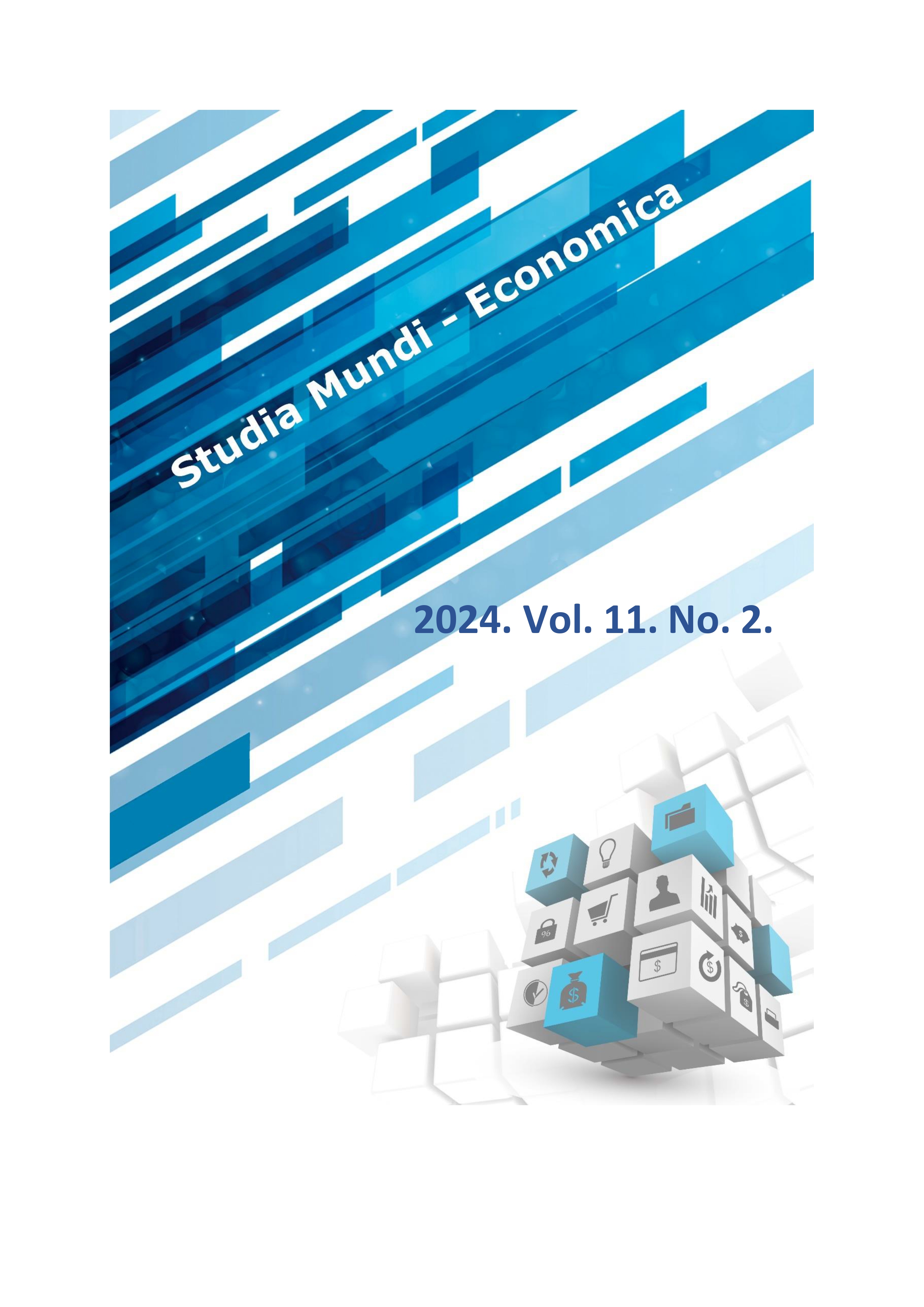Do Financial Difficulties Hinder the Export of Processing Industries in Transition Countries? – The Case of Mongolia
DOI:
https://doi.org/10.18531/sme.vol.11.no.2.pp.54-61Keywords:
Export barriers, Transition economies, leather processors and manufacturers, MongoliaAbstract
The purpose of this study is to investigate what barriers exporters of the processing industry face during export. The research is a qualitative study that looks at if the country’s origin and the economic and political situation affect exports. Easing poverty and supporting the economy, export has been considered a vital aspect of development for many countries. The number of livestock is one of the crucial factors for the processing industry, but unlike other countries that receive high revenue and benefit from the export of the processing industry, particularly the leather industry, the export share is small in Mongolia. Although many researchers, and policymakers have tried to explore what brings low-value addition and low export share of end products in transition countries, there are only a few articles conducted in the field of the processing industry. The number of livestock and geographical location between China and Russia seem Mongolia has significant potential to thrive leather sector, more scientifically proven research should be conducted to provide insight into what barriers impede the export possibilities for the Mongolian leather industry and try to shed light on the possibilities in a broad range. The authors adopted qualitative research methods and used both primary and secondary data. At the end of the study, we created three main themes from participants’ responses and the result of the study showed there are three distinctive barriers that the leather industry exporters face during export activity.
References
Bekele, M, Ayele, G & Abeba, A. (2008). The leather sector: Growth strategies through integrated value chain. Ethiopian Development Research Institute (EDRI), Addis Abeba, Ethiopia.
Bayarsaikhan., T & Batbayar., D (2018) The study of the current situation and future trends of the leather industry was commissioned by the Mongolian Leather Industry Association (MALI)
Erdeiné Késmárki-Gally, Sz. (2014): The market-oriented production system as a part of agricultural innovation. Annals of the Polish Association of Agricultural and Agribusiness Economist. SERIA. Poland, XVI (6): 213–219. pp. https://doi.org/10.7896/j.1215
Fenyvesi, L. – Késmárki-Gally, Sz. (2005): Marketing Oriented Technology Development of Vegetables Production on Arable-Land. 33rd International Symposium on Agricultural Engineering. Faculty of Agriculture Actual Tasks on Agricultural Engineering. Opatija, Croatia, 21–25 February 2005. 425–433. pp.
Gebrewahid, G. G. (2016). Export Barriers and Competitiveness of Small and Medium-sized Enterprise in Developing Countries: Case study in Ethiopian Leather Footwear Manufacturing Firms. Center for African Development Policy Research. https://scholarworks.wmich.edu/africancenter_icad_archive/133
Goda, P.; Goda-Bének, R; Tóth, T.; Ökrös, I. (2010) Dilemmas of the integrated and non-integrated regional and rural development strategies. In: Peter, Bielik (ed.) Global economy challenges and perspectives: book of abstracts of scientific papers. Nitra, Slovakia: Slovak University of Agriculture in Nitra) pp. 1487–1519. 33 p.
Kaplinsky, R & Morris, M. (2000). A handbook for value chain research (Vol. 113). Brighton: University of Sussex, Institute of Development Studies.
Kahiya, E.T. (2013). Export barriers and path to internationalization: A comparison of conventional enterprises and international new ventures. Journal of International Entrepreneurship, 11(1), pp. 3–29.
Madlenak, R., Madlenaková, L., Tóth. T., Neszmélyi, G. I. (2023). Global postal e-commerce delivery network: trade solution for small and medium enterprises to enter global market. Engineering for Rural Development 16: 1 pp. 777–783. https://doi.org/10.22616/ERDev.2023.22.TF154
Memedovic, O. and Mattila, H (2008). The global leather value chain: the industries, the main actors, and prospects for upgrading in LDCs. International Journal of Technological Learning, Innovation and Development, 1(4), pp. 482–519.
Mwinyihija, M. (2018). Value Creation and Opportunity Management in Africa's Leather Sector. Rowman & Littlefield.
Mwinyihija, M. and Quiesenberry, W. (2013). Review of the challenges towards value addition of the leather sector in Africa. Global Advanced Research Journal of Management and Business, 2(11), pp. 518–528. International Scientific Conference Engineering for Rural Development 2023 (lbtu.lv)
Nagy, H.; Neszmélyi G. I.; Abdulkadr, A. A. (2022). The Role of Agricultural Production and Trade Integration in Sustainable Rural Development In: Management Association Information Resources (ed.) Research Anthology on Strategies for Achieving Agricultural Sustainability, IGI Global, pp. 909–926 Paper chapter 48. ISBN: 9781668453537
Roy, C. (2012). A study on environmental compliance of Indian leather industry & its far-reaching impact on leather exports. Foreign Trade Review, 47(2), 3–36. https://doi.org/10.1177/0015732515120201
Swiss Agency for Development and Cooperation (SDC) (2015): Final report on the study of value chains for live animals, meat and hides, and skins in Mongolia.
Tóth, T.; Villányi, J.; Péter, B.; Káposzta, J. (2008). Global enviroment change and food security: a socio-economics perspective. Cereal Research Communications 36: 1 pp. 1771–1774., 4 p.
The National Statistical Bureau of Mongolia website: https://1212.mn/
UNIDO, 2010. Future trends in the world leather and leather products industry and trade
World Bank Mongolia (2019). Agricultural Productivity and Marketing Study.
Yamamoto, G.T. (2005). Analyzing Japanese General Trade Companies ‘Sogho Shosha’s as a System (master’s thesis, Marmara University, Social Sciences Institute).
Downloads
Published
Issue
Section
License
Copyright (c) 2024 Neszmélyi György Iván, Ulziimaa Altnaa

This work is licensed under a Creative Commons Attribution-NonCommercial-NoDerivatives 4.0 International License.
A folyóirat Open Access (Gold). Cikkeire a Creative Commons 4.0 standard licenc alábbi típusa vonatkozik: CC-BY-NC-ND-4.0. Ennek értelmében a mű szabadon másolható, terjeszthető, bemutatható és előadható, azonban nem használható fel kereskedelmi célokra (NC), továbbá nem módosítható és nem készíthető belőle átdolgozás, származékos mű (ND). A licenc alapján a szerző vagy a jogosult által meghatározott módon fel kell tüntetni a szerző nevét és a szerzői mű címét (BY).






